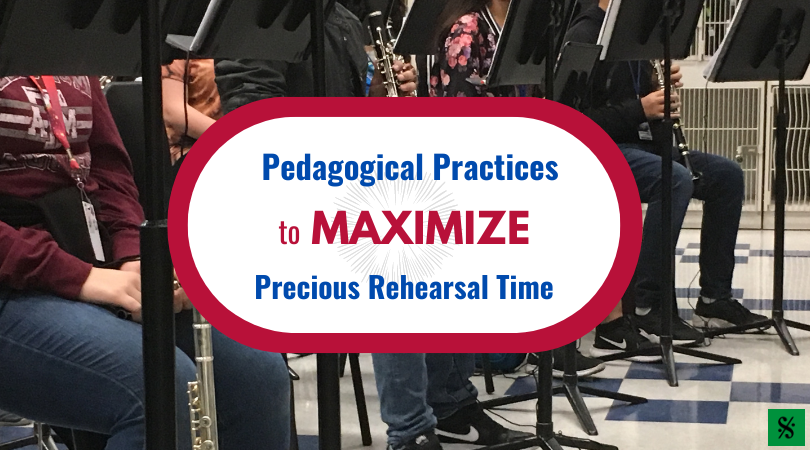Articulation is something that brass players must practice on a daily basis. There are many types of articulation, legato to staccato, that help determine style. Additionally, speed is another aspect that must be practiced. After a certain tempo, single tonguing (just using a “T” syllable) is not feasible due to the fast tempo. Brass players have a technique called double and triple tonguing to assist with articulating notes at fast tempos. Lastly, syncing (aligning) the fingers and tongue at different tempi is another technique that must be practiced.

Before practicing multiple tonguing, one must possess a good single tongue technique. Problems arise when too much manipulation occurs to place the tongue in certain areas of the mouth. It is best to take a simple approach. I like to tell students to say, “Tu”. Wherever the tongue hits, that is where one “tongues”.
According to the famous cornet teacher, Jean-Baptiste Arban, “Always remember that the phrase coup de langue (stroke of the tongue) is merely a conventional expression. The tongue does not strike; on the contrary, it performs a retrograde movement, simply behaving like a valve… the pronunciation of the syllable “tu” serves to determine the attack of the sound.”
Arban further states, “…He warns the pupil that the word “striking” is only a term and that the tongue does not give a blow as to strike but instead operates with a backward movement like the action of a valve.”
There is a misnomer that the tongue strikes harder for a shorter note. The tongue only releases the air, and how one releases the air determines the type of articulation. The air should never stop when articulating; rather, the air is interrupted. The tip of the tongue (in the front of the mouth) is what interrupts the air to articulate. This movement should be practiced on one note initially before adding notes on different pitches and with that, finger motion. It is ideal to practice scales and exercises based on scales to produce a solid single tongue articulation.
Once a solid single tongue technique has been established, it is then appropriate to move on to multiple tonguing. I feel that learning a good double tongue technique before the triple tongue is best. It should be noted that the famous “Arban” method introduces the triple tongue initially in the book before introducing the double tongue exercises.
A great exercise to practice is one in which the T and K syllables are isolated and practiced separately. Most students struggle with the K syllable initially. The K syllable is simply articulating with the back of the tongue. The back of the tongue rises and momentarily obstructs the air. Arban explains it best, “The tongue should then reascend to the roof of the mouth and obstruct the throat, dilating itself by the effect of the pronunciation of the syllable ku, which, by allowing a column of air to penetrate into the mouthpiece, determines the K [sic] sound”.
I recommend starting students on multiple tonguing as early as possible but only after a good sound and single tongue articulation has been achieved.
This is a great exercise to isolate the “K” syllable in the double tongue. The exercise should be practiced at quarter note = 100. The tempo can be increased as one’s tonguing ability improves. It is essential to keep a fast and intense air stream flowing through the instrument in order to produce an even alternation between the single and double tongue syllables so that the rhythm doesn’t have a swing feel. Use one pitch (middle register) for the entire exercise and go either up or down chromatically to get repetitions on the exercise.
Raquel Rodriquez is the Assistant Professor of Trumpet at Tennessee Tech University. Raquel maintains a versatile career as a performing artist, clinician, educator, and scholar. Raquel is principal trumpet of the Bryan Symphony Orchestra and the Brass Arts Quintet, both faculty ensembles-in-residence at Tennessee Tech. Raquel is principal cornet with the Southern Stars Symphonic Brass Band (TN) and a member of Seraph Brass. You may read more about Dr. Rodriquez at http://www.solotromba.com/home/
Related Reading:
Diagnosing Brass Tension and Helping Students Achieve a Better Sound
Tips on Teaching Intonation from 50+ Band Directors
Tonguing and Embouchure Flexibility for Beginning Flute
If you would like to receive our weekly newsletter, sign up here.
Don’t forget to like us on Facebook too!
Learn. Share. Inspire.
BandDirectorsTalkShop.com







Leave a Reply
You must be logged in to post a comment.